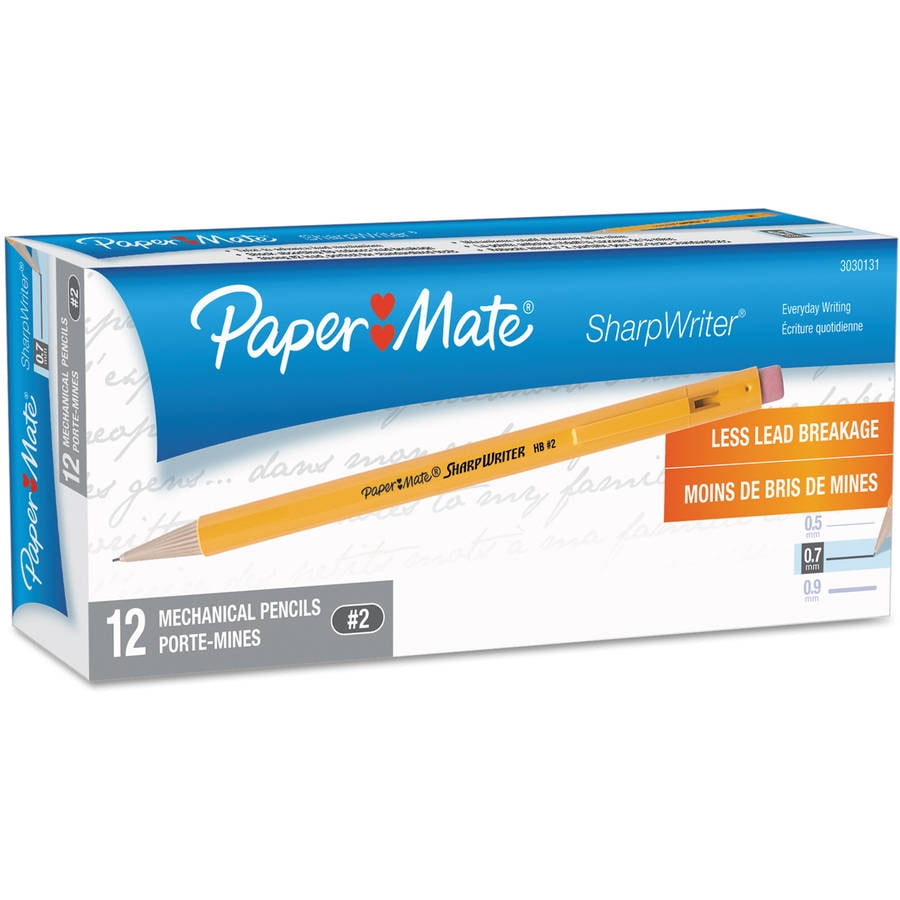

For these artists, a "4B" pencil may be the darkest pencil that is required. Some folks place a heavy amount of pressure on the pencil naturally.

Putting more pressure on a "4H" pencil will not result in a very dark mark. "H" pencils are clearly capable of producing light marks, but are limited in the range of tone.
#Number 2 pencil full#
By combining "H" and "B" pencils in a drawing, smooth transitions of tone can be developed without compromising a full range of value. "B" pencils fill the tooth to a lesser degree, making the texture of the paper more noticeable. "H" pencils are better suited for filling the tooth or texture of the paper, resulting in smoother transitions of tone and value. In contrast, "B" pencils tend to dull quickly due to their softness. The Advantages and Disadvantages of Using Different GradesĪ clear advantage of the "H" pencils is that they can stay sharp for a longer period of use. For this reason, this pencil is designated as "fine" which is why this pencil is labeled with an "F". The graphite material found in an "F" pencil is slightly harder than an "HB" pencil meaning that it can stay sharp for a longer period of use. Like an "HB" pencil, it is capable of producing darker and lighter marks, but without any extremes. The "F" pencil is similar in mark to an "HB" pencil, only slightly lighter. Therefore, a "4H" pencil will produce lighter marks than an "2H" pencil while a "4B" pencil will make darker marks than a "2B" pencil. Softer pencils make darker marks since more of the material is released. Harder pencils produce lighter marks since less of the material is released as pressure is applied. In other words, a "4H" pencil is harder than a "2H" pencil while a "4B" pencil is softer than a "2B" pencil. The number found in front of the letter reveals just how soft or hard the pencil is. (The "H" stands for "hard".) "B" pencils feature softer graphite. An "HB" pencil is found directly in the center of the scale. Grades of drawing pencils are organized in a scale based on softness or hardness. For example, a #2 pencil is a standard writing pencil - which happens to be of the same softness as an "HB" drawing pencil. For drawing pencils, this designation is an alphanumeric value.Ĭategorized and usually only feature a number. The grade of the pencil is usually designated on the side or the end of the pencil. Different grades produce different types of marks. Graphite is produced in various grades or degrees according to the softness or hardness of the material. In this lesson, we'll take a look at the different grades of graphite, why they are designated as they are, and which pencils you may need (and the ones you don't) to find success with graphite drawing. Instead, graphite is a form of carbon and is completely safe for drawing. We've all used them to write and draw and most of us feel very comfortable with a graphite pencil in hand.Īlthough most of us have heard someone refer to the material within a graphite pencil as "lead", you may be surprised to learn that there isn't any lead there at all. It comes in many different forms, but most commonly we find it within a pencil. Graphite is the dark gray material usually found encased within a wooden pencil.


 0 kommentar(er)
0 kommentar(er)
